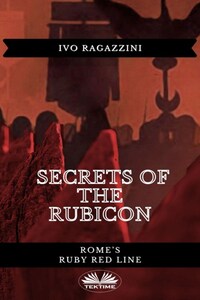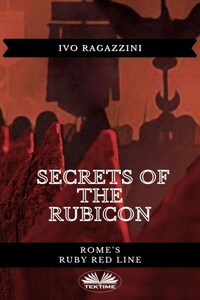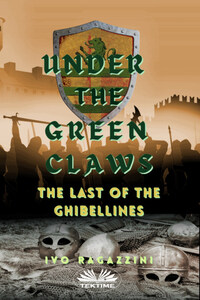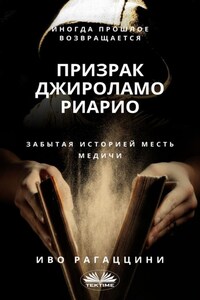Secrets Of The Rubicon

Once there was a time when Romagna was named Flaminia and the Rubicon was not only a river. When in 49 BCE Julius Caesar arrived he found waiting for him a wooden palisade coloured ruby red where he deployed his legions for several months on that border defended by the legionaries of Pompeo.
But who and for what reason was it built, even before Caesar was born, a red line of defence built even to the sea and what would Caesar and his legions do to breach it?
Born out of the historical events that have never before been seen, this book will lead you to discover for the first time what the Rubicon really was, what did the legionaries of Caesar do when they decided to attack Rom and many other unpublished news that you never even suspected and will lead, step by step, to discover for the first time:
What was the Rubicon really?
Who and for what reason was it constructed even before the birth of Caesar?
Why have historians never been able to agree about where the Rubicon was?
What plans and strategies did Caesar employ to cross it?
And Pompeo’s legions in its defence?
Had someone made a curse against whoever dared to cross it armed?
Did Caesar and his legions had nightmare from the ‘Malanotte’ before crossing it?
What was Romagna and what did it symbolise in the time of Caesar?
What was the festival of ‘New Years’ that took place in Roma?
What Latin insults did their legions tell each other?
And much other unpublished news that you have never suspected. A book that for the first time will cast on the historical darkness left to fall on these events.












